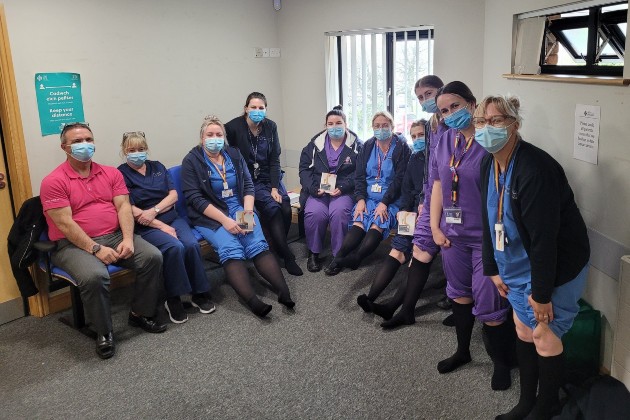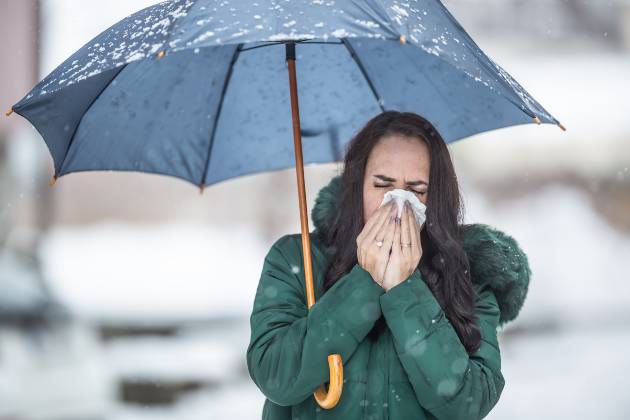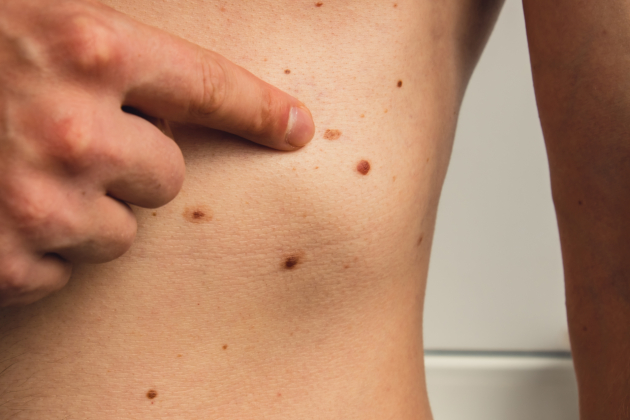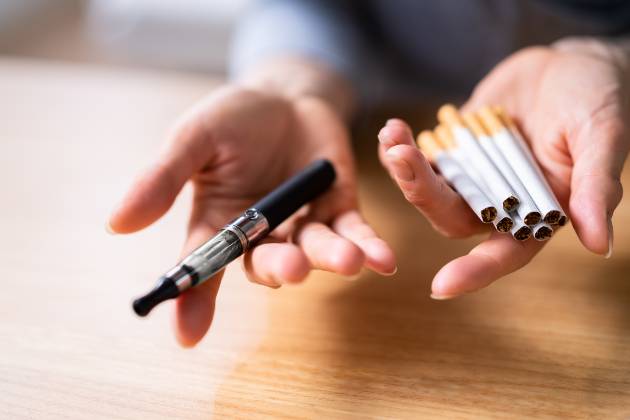“Lymphoedema and chronic oedema is often diagnosed late and frequently mismanaged, mostly because staff don’t recognise it early enough or have the confidence and competence to manage it,” says Karen Morgan.
In her role as National Lymphoedema Education and Research Lead in Wales, Karen noticed that community nursing staff needed a different way to access lymphoedema and chronic oedema education.
“But district nurses are very busy, their workload is massive, and they can’t always attend training days,” she says. “We knew we had to build a case and apply for funding so that we could provide on-the-ground clinical lymphoedema educators, to take the learning directly to them.”
Since the Lymphoedema Wales Clinical Network (LWCN) initiative was approved, there's been an improvement in the clinical competence and confidence of more than 50 community nurses.
This has resulted in the use of different compression approaches for 80% of their 266 patients over a 12-month period in just one health board. Within the first four months of the initiative, 30% of the patients’ leg wounds had healed.
What is lymphoedema?
Lymphoedema is a long-term condition that causes swelling in the body's tissues, usually in the arms or legs.
It occurs when there is a problem with the lymphatic system, a network of vessels and glands that remove excess fluid and fight infection. There are two types: primary, a genetic condition, and secondary, caused by damage to the lymphatic system as result of cancer treatment, infection, injury, inflammation or lack of movement.
Across the UK, lymphoedema is estimated to effect more than 200,000 people and while there is no cure, it's usually possible to minimise fluid build-up. Treatments include wearing compression garments, taking good care of the skin, moving and exercising regularly, having a healthy diet and lifestyle, and using specialised massage techniques.
Chronic oedema occurs when the swelling has lasted for longer than three months.
It’s far easier to treat and empower patients when their legs are well
“Lymphoedema and chronic oedema can be a real problem, especially in the community services where these patients tend to be frail,” says Karen.
“If you have a housebound patient who’s immobile and they’re showing initial signs of lymphoedema or chronic oedema, they can be at high risk of developing cellulitis, a wound, or having a fall – all because their condition isn’t being managed correctly.
“The sooner we're able to identify the chronic oedema, the less risk of these complications occurring.”
While lymphoedema and chronic oedema are predominantly seen and managed in the community; all staff can benefit from a stronger knowledge of the condition.
“Hospital and general practice nurses should always keep lymphoedema in their minds,” Karen adds.
“Check people's legs to reduce the risk. It’s far easier to treat and empower patients when their legs are well.”
Helpful resources
- Lymphoedema Wales Clinical Network has created a Wet Leg Pathway, which anyone from England, Scotland and Northern Ireland can also use. It’s an evidence-based, useful guide which informs readers how to provide compression with a staged approach.
- The Legs Matter coalition aims to increase awareness, understanding and action on lower leg and foot conditions among the public and health care professionals. It has an information page for health professionals specifically on lymphoedema.
- The NMC delegation framework is a very handy tool for nursing staff on the delegation of tasks from one health care professional to another.
Building a case
“We undertook a pilot project with one of the health boards,” says Karen. “We went out to work with the nurses, so we were seeing every single patient they had on their caseload.”
The initial pilot identified that 55% of community nurses' workload was spent managing lower limb wounds and lymphoedema. It also revealed that many patients were being inappropriately managed, and therefore they remained on caseloads unnecessarily.
“We found that when lymphoedema was being mismanaged, it was often because staff were fearful of using compression techniques,” says Karen.
“The pilot was exciting because we were encouraging the workforce to recognise and manage lymphoedema and chronic oedema sooner.
“We need to be much more proactive in our approach, rather than reactive. Let’s not wait for the oedema to become severe or for that simple wound to become complex. Refer and treat promptly.”
Collecting data
Throughout the process, Karen made sure the team collected as much data as possible – from before their intervention as well as after.
“Everything we do, we collect data on. If you want to prove the value and the worth of what you’re doing and if you want to change services, you’ll need to collect data on activity,” she explains.
“It allows you to have a baseline of evidence and demonstrate why the change that you want to make is needed and is effective.”
Data must also be constantly monitored, and it should contain far more than figures on costs such as wound dressings and nursing time. It is essential to also capture patient outcomes.
Let’s not wait for that simple wound to become complex
“We also collected patient reported outcome measures (PROMs). For all the patients we saw, we wanted to know what was important to them, what difference it made, and how it was valuable to them,” she says.
“We recorded these measures before and after the intervention and compared them to see how the patient’s quality of life was affected. We looked at the total impact on home life – hobbies, walking and mobility – and work life, including moments of pain and discomfort.
“We also held interviews with staff in a focus group to see how they felt about working with us, and what their fears or concerns were around applying compression,” says Karen.
With all this information to hand, Karen has been able to prove the success of the initiative and bid for further funding.
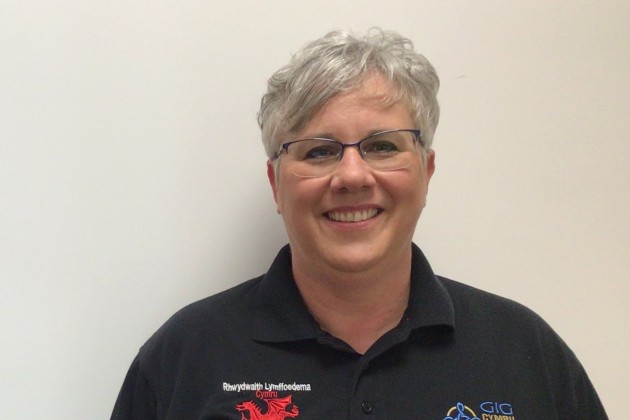 Above: National Lymphoedema Education and Research Lead in Wales, Karen Morgan
Above: National Lymphoedema Education and Research Lead in Wales, Karen Morgan
Looking forwards
Karen is thrilled with how successful the programme of work has been so far, and she’s currently working with others to develop a chronic oedema/wounds competency framework for health care support workers in the community.
“It’s exciting that the value-based pilot demonstrated the significant benefit to patients and the NHS. We now have on-the-ground clinical lymphoedema educators in six out of seven health boards in Wales,” she says.
“As a nurse, you can’t know everything about everything. Attending an education day doesn’t change your practice, but it plants a seed for you to consider new ways of working.
“Working with a specialist in your own area of practice empowers you to develop and gain confidence and competence in a much more effective way.”
Words by Becky Gilroy


